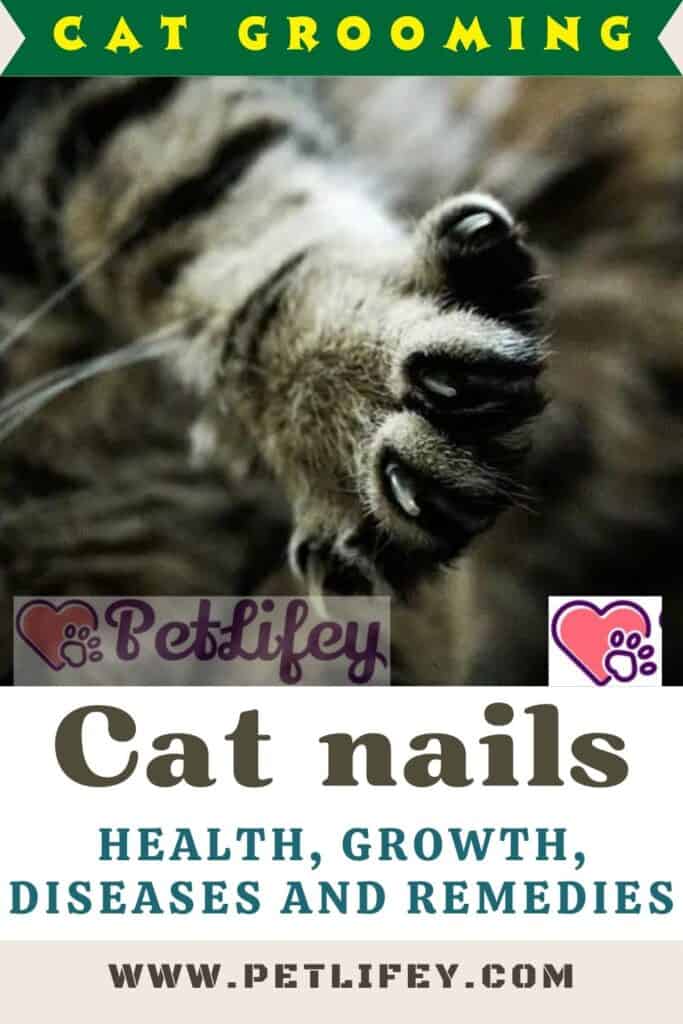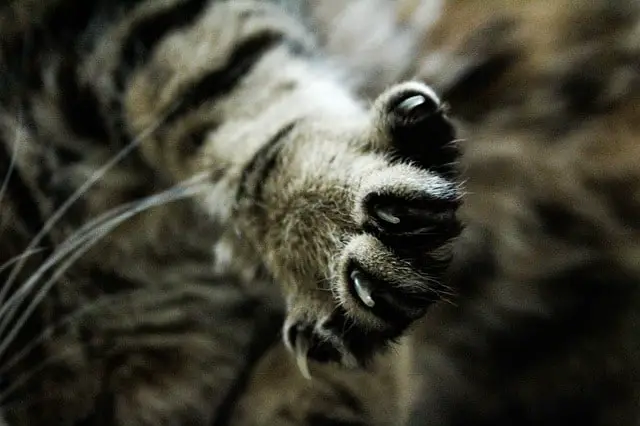
What do we know about cat nails? They too are subject to diseases and risks: what to know about their health and what remedies to adopt.
The cat’s nails say a lot about his health and also about the care that the master of its domestic feline has. It is true that the cat takes care of its personal hygiene alone, but it is equally true that this cannot be an alibi for the human not to take care of its health. So here’s what to know about your cat’s nails and what risks they may face. In case of diseases and infections you can proceed in various ways: here is all the most useful information and advice.
Cat’s nails: how they are and how they grow
Who said that cat nails are not important? They have a prominent function for the feline, especially when it needs to attack and defend itself. They are a real weapon and can tell us a lot about its state of health, its posture and also about the care that the master has of them. In fact, it is true that the cat ‘makes nails’ and therefore provides for themselves to consume them and scratch them on the surfaces, but it is equally important that the owner observes them to understand if everything is fine.
The feline’s nails are in fact similar to ours and, like those, must be cut because they tend to grow. They undoubtedly differ in shape but are the same in structure: they are not bones, but hardened keratin. It consists of three parts: the germinative layer (where the substances that make it grow accumulate), the nail wall (the pink part) and the white tip (also called the foil).
How they wear out and the risks of cutting them
Felines walk on all four legs and the continuous passage of nails on surfaces consumes them: this applies not only to cats naturally but also to dogs, horses etc. Often cats, however, tend to get their nails on furniture, curtains and other such surfaces: for this reason it is appropriate to make a scratching post available to our cat. We must start from an early age to accustom kittens not to scratch furniture and other pieces of furniture, if we do not want to find ourselves forced to change it. The problem of long nails is generally precisely the felines that live in the house, because those who live outdoors have an infinite variety of surfaces on which to scratch.
So if the ‘consumption’ of the nail is limited by our rules at home, it is advisable to know how to cut the cat’s nails: if we are not practical it is advisable to get advice from the trusted veterinarian. To know when it is appropriate to cut them, just hear the ticking of the paws on the floor and adjust accordingly. It is not an operation that cats like, and the first few times the doctor may opt for sedation.
It is necessary to cut only the white part (difficult to identify in the dark nails of the feline): the risk is to cut the vascularized part and therefore cause an abundant leakage of blood. Another risk is to cut them crooked, forcing the cat to walk badly and also creating problems with the skeletal system.
Nail diseases and remedies

What diseases do the cat’s nails face? Often these are signals to be grasped because they can hide more serious health problems. They can be very fragile and break easily, or swell and suffer from abnormal growth: you will easily understand it from the way the cat itself walks. When ingrown the nails thicken and take on a yellowish complexion, they can also pierce the adjacent fingers and cut them. It is a frequent problem especially in older cats, and it is frequent that the nail can become infected.
It will be the veterinarian who will determine the type of nail problem and, through specific tests, understand if it is some more serious health problem. Based on the diagnosis, the most appropriate treatment will be chosen, perhaps pharmacological and topical.






